From the Rocky Mountains in the west to the Great Plains in the east, and from Wyoming in the north to New Mexico in the south, Colorado’s diverse landscape offers hidden treasures.
Among these, diamonds have captured the imagination of many prospectors. If you’re eager to uncover these precious gems, you’re in the right place.
We’ve done the hard work for you, scouring the state to find the top diamond hunting spots. Our carefully researched list will save you time and effort, ensuring you focus on the most promising locations.
Read on to discover the 5 best places to find diamonds in Colorado.
How Diamond Forms Here
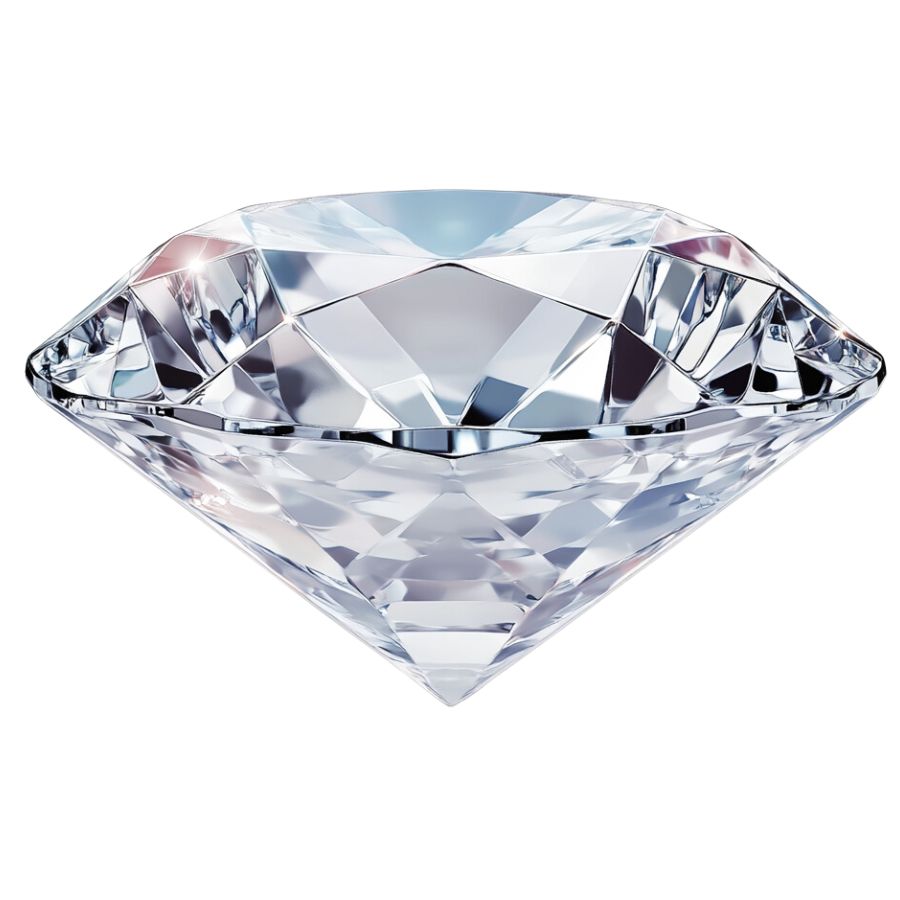
Diamonds form deep within the Earth, about 90 to 200 kilometers below the surface, where conditions are extreme.
Here, carbon atoms are subjected to intense heat—around 900 to 1,300 degrees Celsius—and immense pressure, about 45 to 60 kilobars. This environment causes the carbon to crystallize into diamond structures over millions to billions of years.
Over time, erosion and weathering expose these stones, making them accessible for mining.
What’s amazing is that each diamond’s journey from deep within the Earth makes it unique, with its own shape, size, and clarity.
The Types of Diamond
Diamonds are classified into various types based on their structure and color. Here are some of the popular types of diamond:
Black Diamond
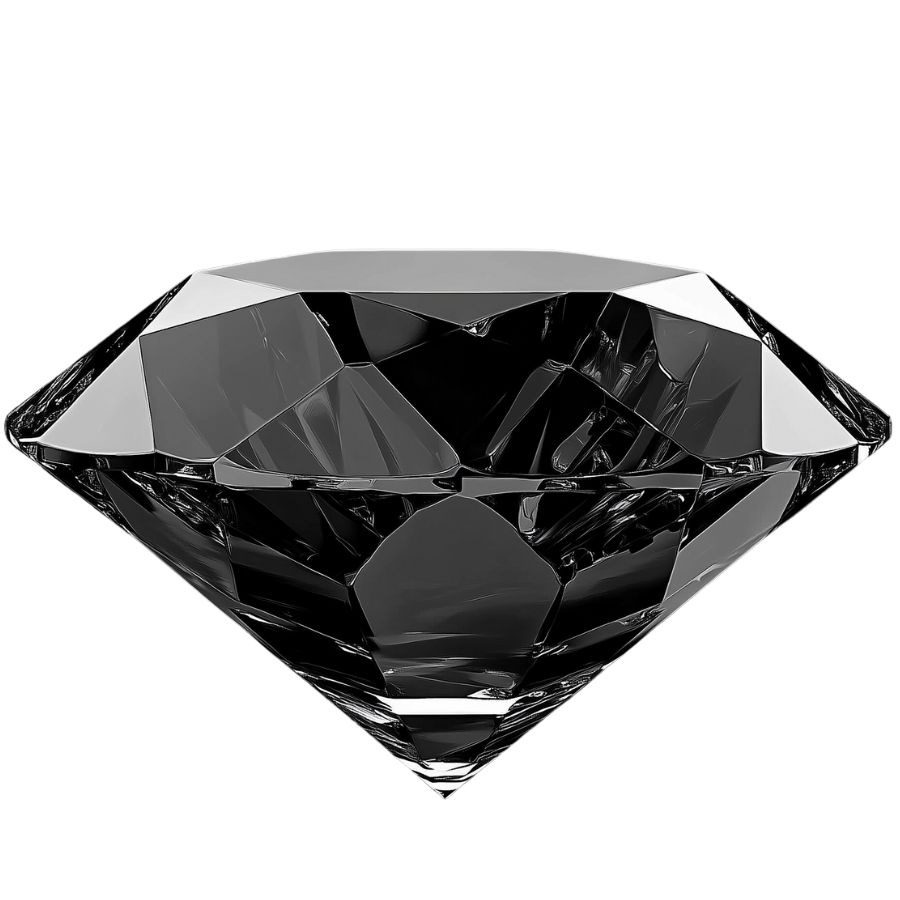
Black diamonds, also known as carbonados, are truly one-of-a-kind. Unlike their clear cousins, these stones are opaque and have a matte finish.
They don’t sparkle in the traditional sense but have a unique, mysterious charm all their own.
What makes black diamonds special is their age and formation. Most are believed to be 2.6 to 3.2 billion years old, making them some of the oldest gemstones on Earth.
Their dark color comes from numerous inclusions and the presence of graphite or other minerals.
Recently, a massive black diamond called “The Enigma” made headlines. Weighing 555.55 carats, it showcases the growing interest in these unusual stones.
Yellow Diamond
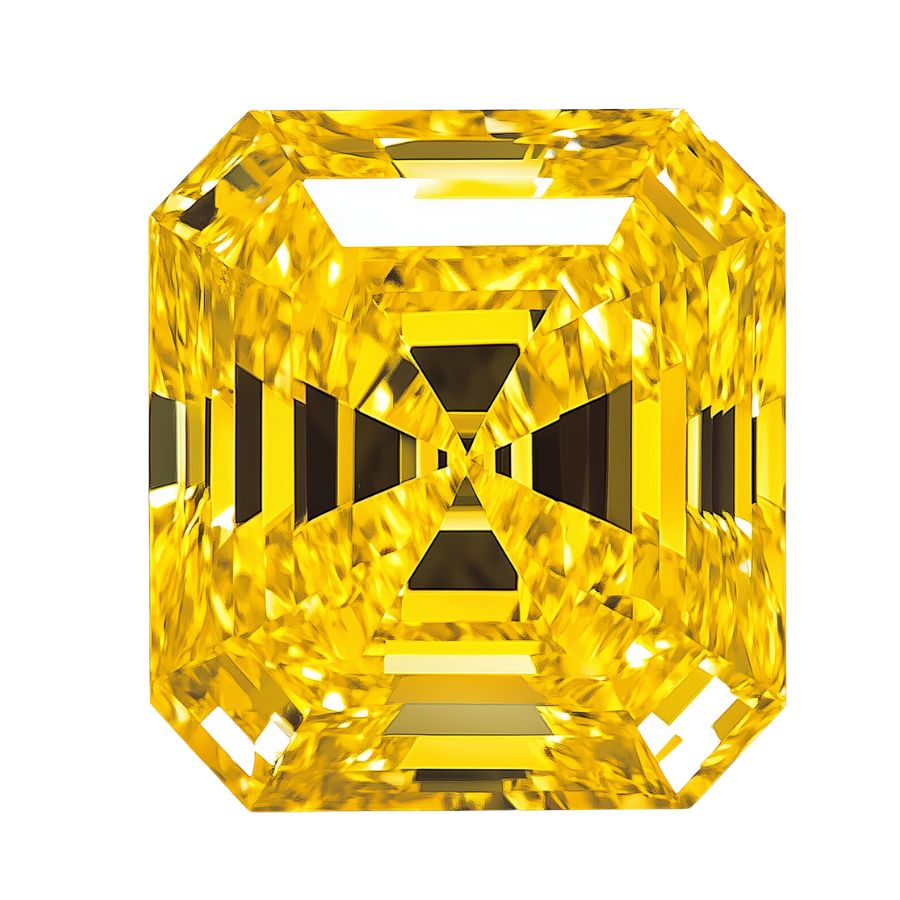
Yellow diamonds shine with a vibrant, sunny hue. Their color ranges from light yellow to deep, intense shades.
This beautiful color comes from nitrogen atoms in the diamond’s structure. These atoms absorb blue light and reflect yellow, giving the stone its unique appearance.
Unlike clear diamonds, yellow diamonds are graded based on their color intensity. The deeper and richer the yellow, the more valuable the stone. This grading system is different from the one used for colorless diamonds.
Blue Diamond
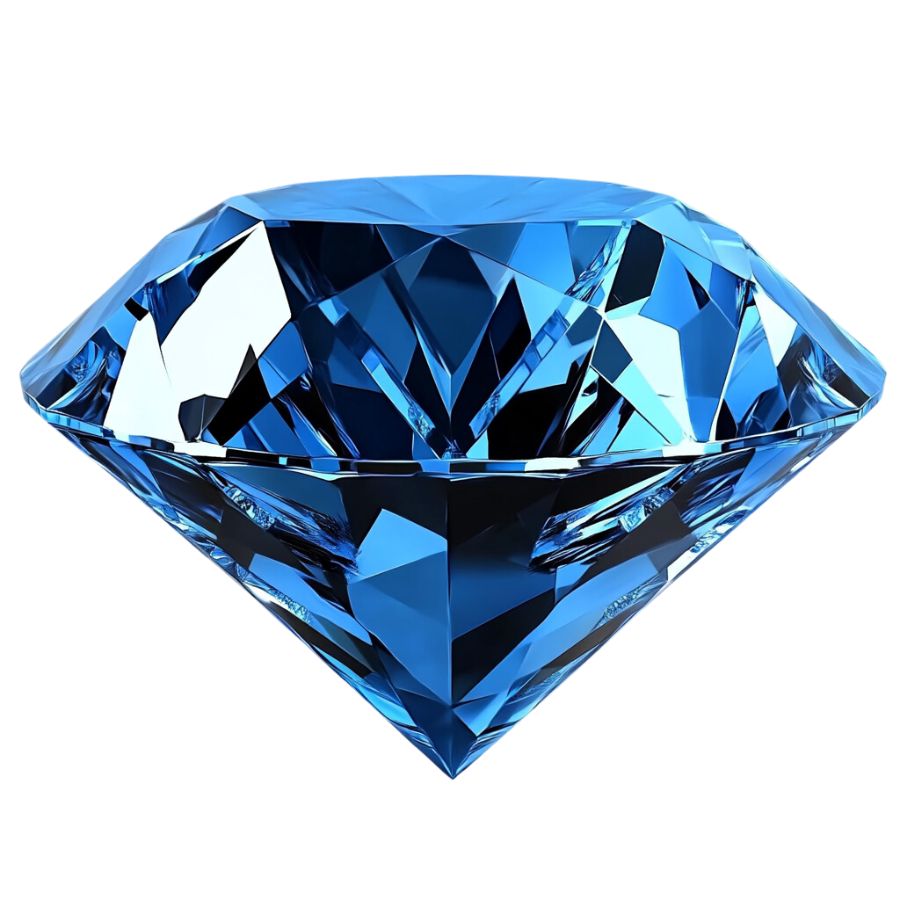
The color of the blue diamond can range from a soft, icy blue to a deep, vivid shade. This striking blue comes from boron in the diamond’s crystal structure. It’s a rare occurrence in nature, making these diamonds very uncommon.
One cool thing about blue diamonds is how they react to ultraviolet light. Many of them show a unique glow called fluorescence. This can make their color even more impressive under certain lighting.
Blue diamonds have some famous examples. The Hope Diamond is probably the most well-known. It’s known for being the largest diamond weighing 45.52 carats. It’s current value is estimated to be US$200–350 million.
Red Diamond

Red diamonds are incredibly rare and highly prized. Their distinct red color comes from structural imperfections in the diamond’s crystal lattice, not from chemical impurities like other colored diamonds.
These diamonds are so rare that very few have ever been found. Each discovery of a red diamond is a significant event in the gemstone world.
Their rarity makes them even more valuable than pink or blue diamonds, which are already considered extremely precious.
Some famous red diamonds have captured public attention. The Moussaieff Red from Brazil and the Kazanjian Red Diamond from South Africa are notable examples.
In 1987, a red diamond (Hancock Diamond) sold at auction for a record-setting $927,000, highlighting the extraordinary value placed on these rare gems.
Pink Diamond
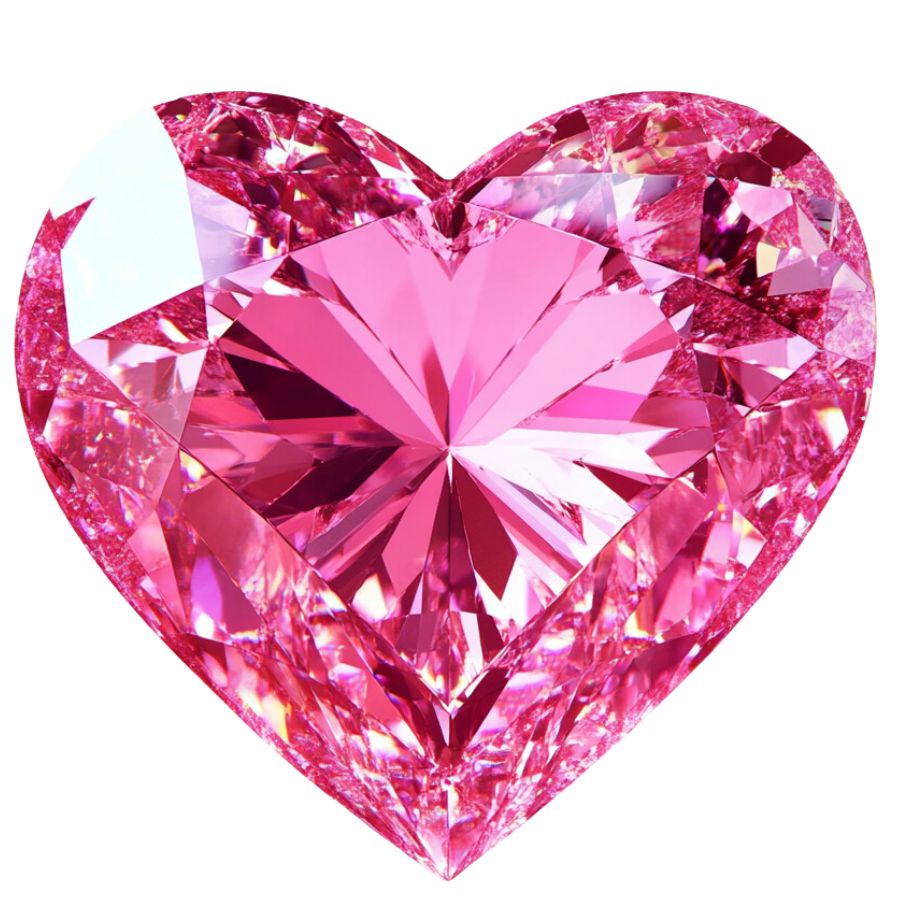
Pink diamond’s color can be a soft, delicate pink or a deep, vivid rose. What’s interesting is that scientists aren’t entirely sure why they’re pink. It’s thought to be due to a twist in their crystal structure, not because of any specific element.
These diamonds are incredibly scarce. For every million carats of rough diamonds mined, only one carat might be a pink diamond. This rarity makes them highly prized by collectors and jewelers.
Even small pink diamonds can be worth a lot because of their rarity. They’re often used in high-end jewelry, where their unique color makes a big impact.
Green Diamond
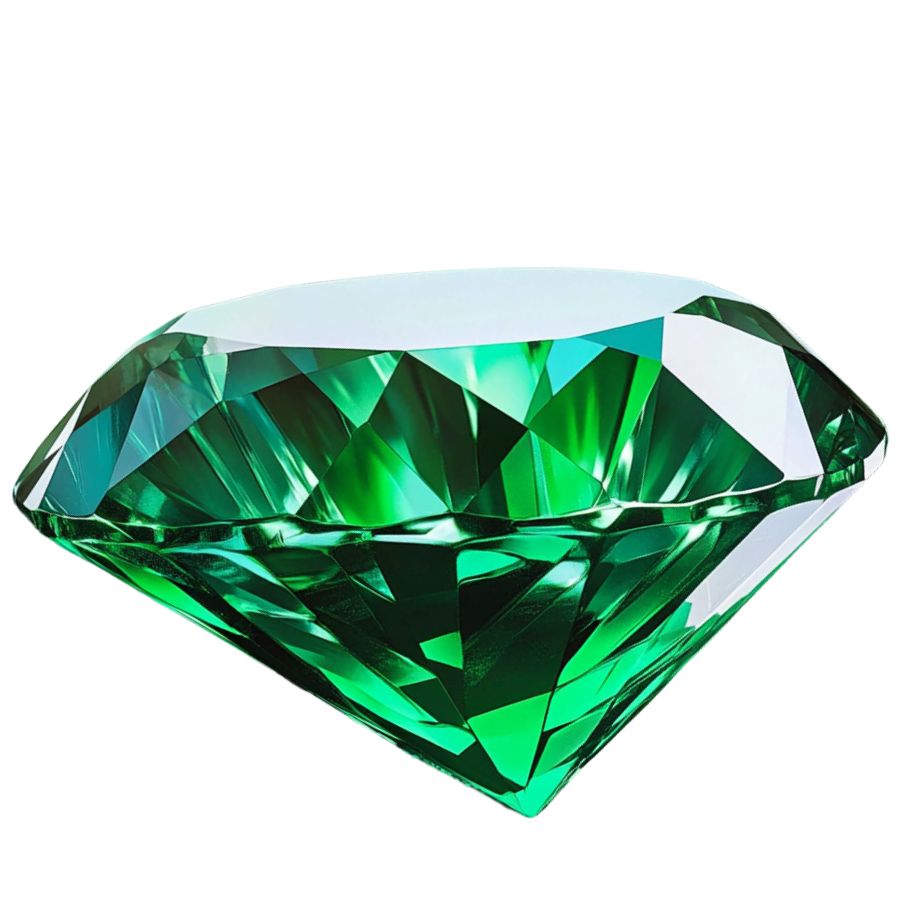
Green diamonds are some of the most unusual and unique colored diamonds. Their color can range from a light mint to a deep forest green
What makes them special is how they get their color. It’s not from a chemical element, but from exposure to natural radiation over millions of years.
This natural coloring process is incredible. It happens when diamonds are near radioactive rocks deep in the earth. The radiation changes the diamond’s crystal structure, creating the green color.
Green diamonds often show unique light effects. Some might have a strong glow under certain lights, adding to their allure.
What Rough Diamonds Look Like
Rough diamonds can be challenging to identify. Here are a few proven techniques that will make it easier for you to identify the rough diamond:
Check for a Glassy or Waxy Luster
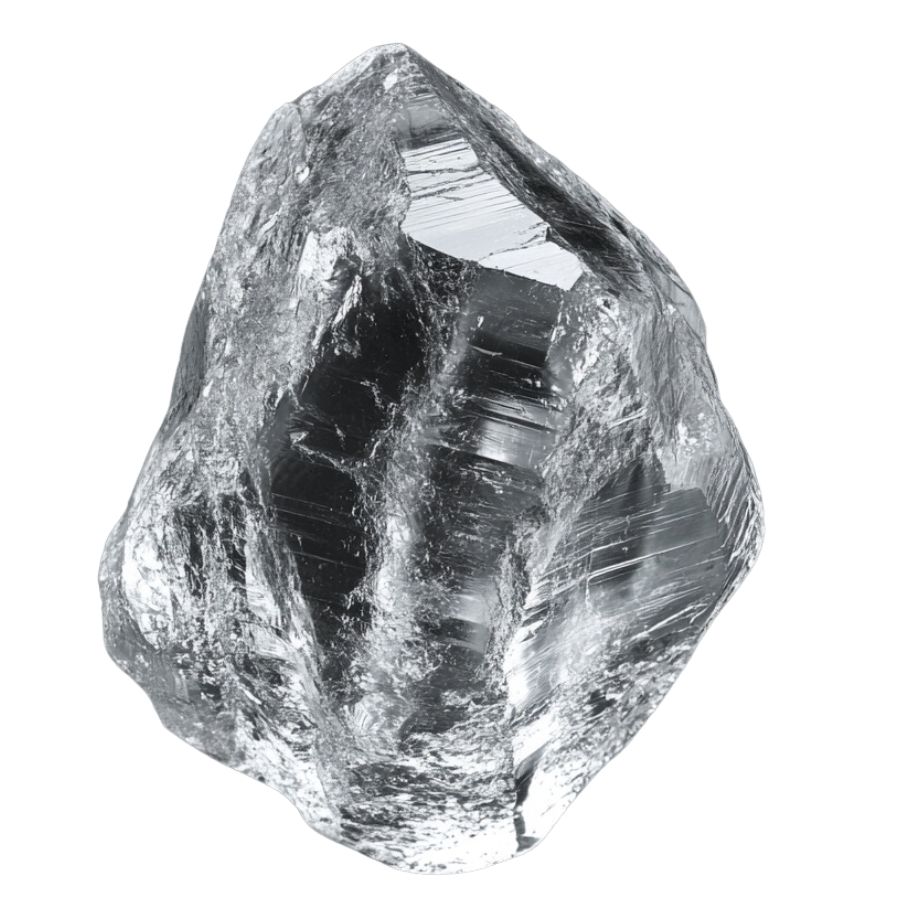
One of the most noticeable features of a rough diamond is its luster. Uncut diamonds often have a glassy or waxy appearance.
This is because the rough surface scatters light differently than a smooth, cut surface.
Look for an Octahedral Shape
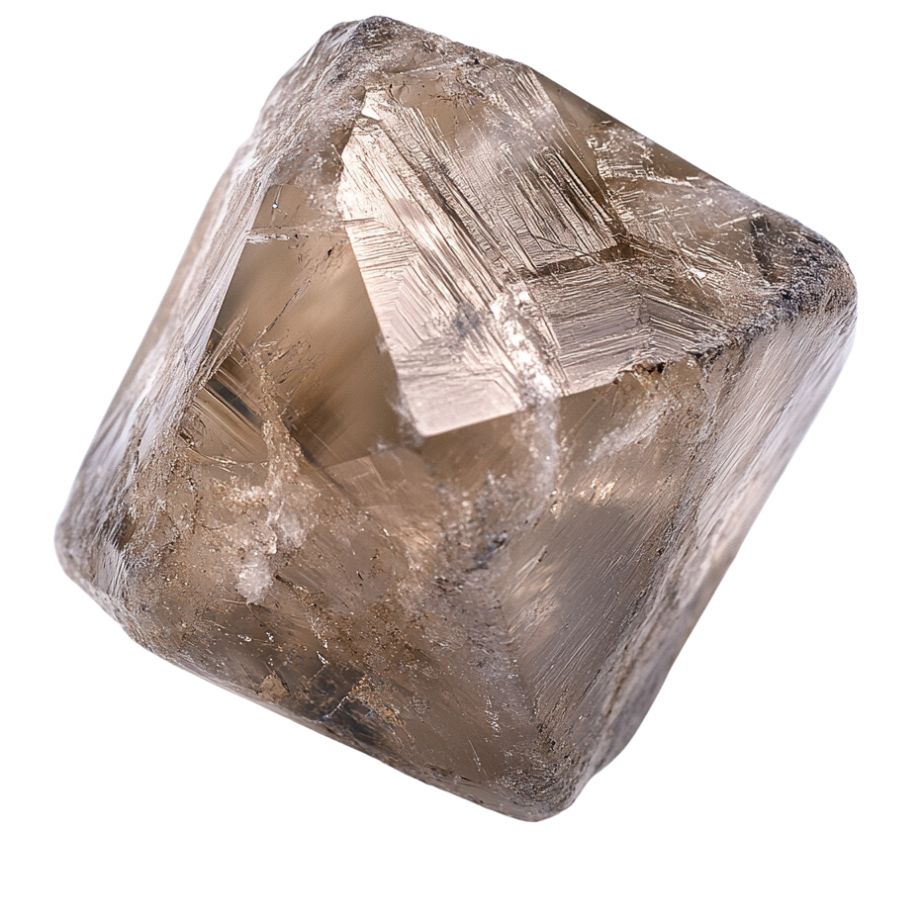
Rough diamonds typically take on an octahedral shape, which resembles two pyramids joined at the base. This shape is a result of the diamond’s cubic crystal structure.
However, not all rough diamonds will have a perfect octahedral form, as they can be distorted or irregular due to natural forces during formation.
Assess the Density and Weight
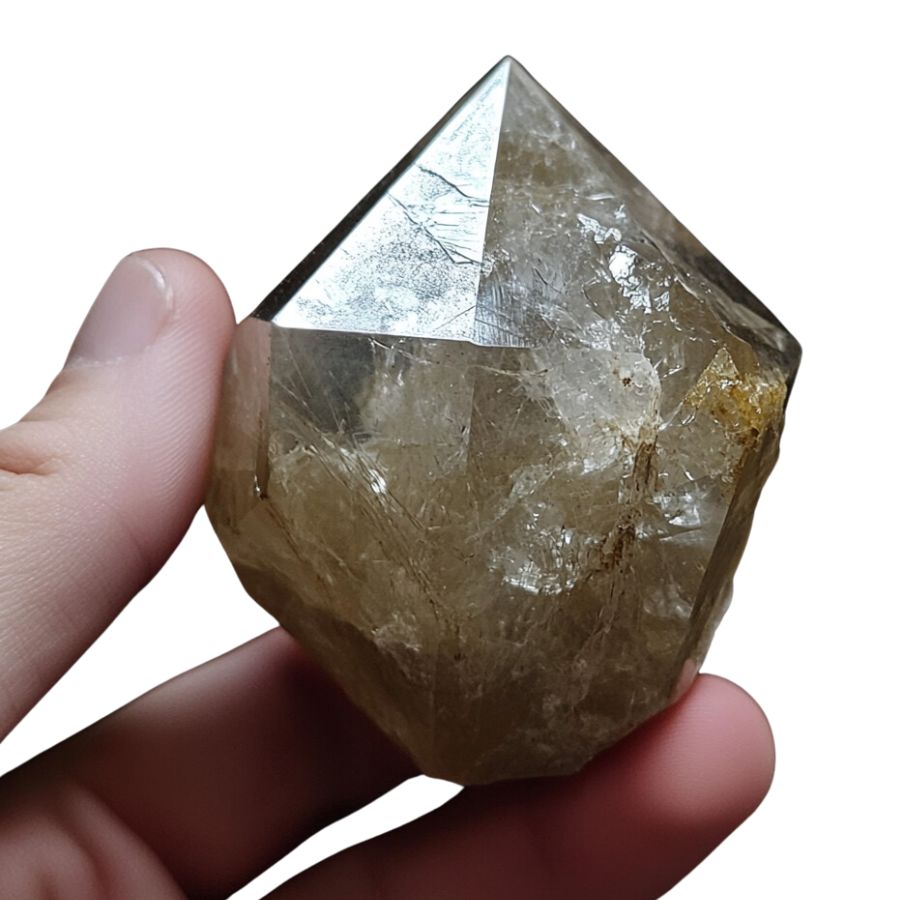
Diamonds are known for their density and weight. A rough diamond will feel heavy for its size compared to other stones.
You can test this by holding the stone in your hand and comparing it to a known non-diamond.
Look for a Crystalline Texture
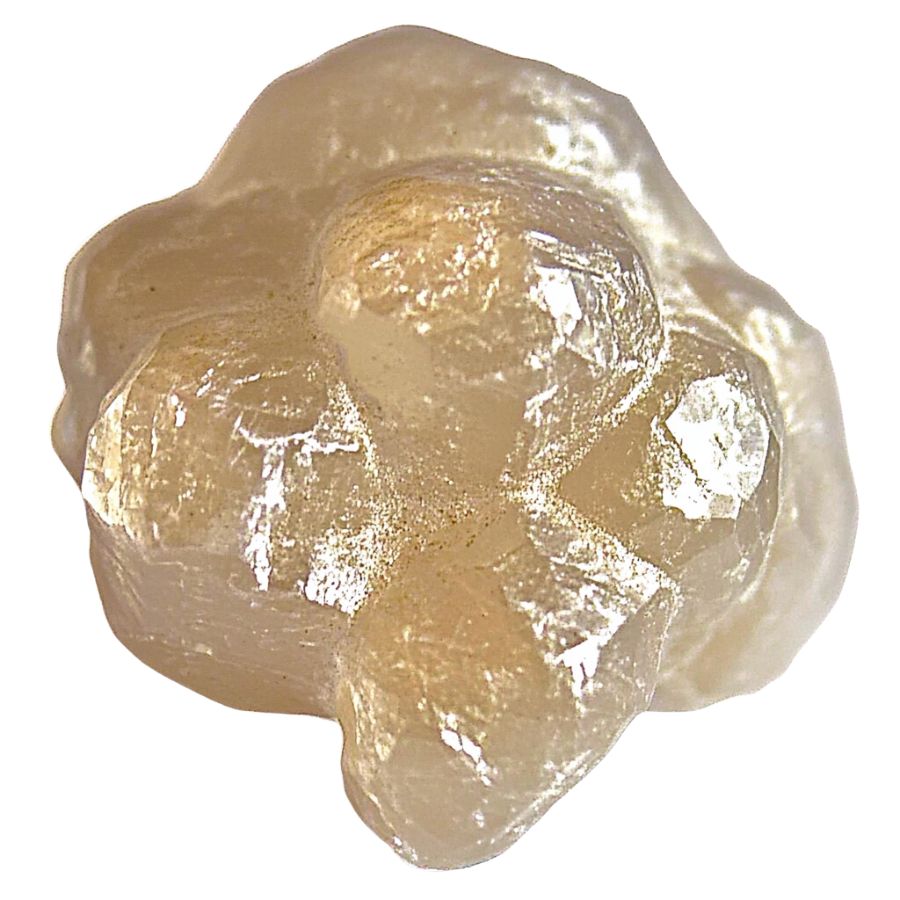
When examining a rough diamond, you may notice a distinct crystalline texture on its surface.
This is due to the diamond’s atomic structure and can help distinguish it from other minerals or synthetic stones.
A Quick Request About Collecting
Always Confirm Access and Collection Rules!
Before heading out to any of the locations on our list you need to confirm access requirements and collection rules for both public and private locations directly with the location. We haven’t personally verified every location and the access requirements and collection rules often change without notice.
Many of the locations we mention will not allow collecting but are still great places for those who love to find beautiful rocks and minerals in the wild without keeping them. We also can’t guarantee you will find anything in these locations since they are constantly changing.
Always get updated information directly from the source ahead of time to ensure responsible rockhounding. If you want even more current options it’s always a good idea to contact local rock and mineral clubs and groups
Tips on where to look
Once you get to the places we have listed below there are some things you should keep in mind when you’re searching:
Look in Sedimentary Rocks
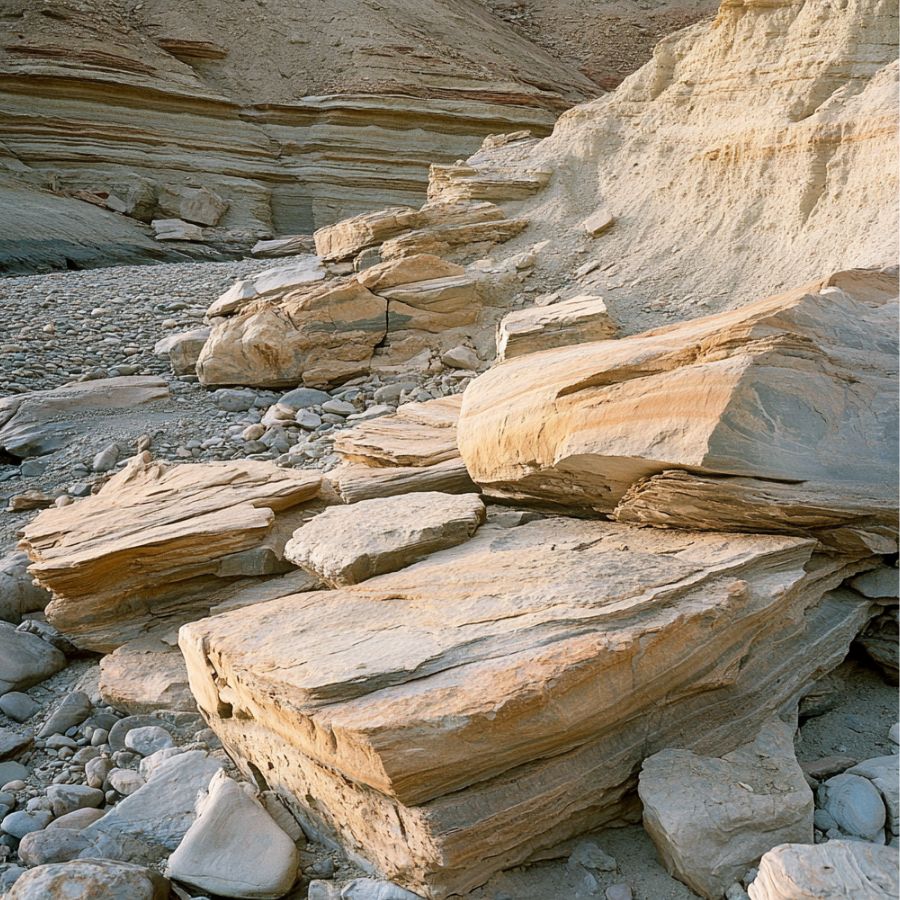
Sedimentary rocks are a great place to start. These rocks form from layers of materials that have settled over time.
Diamonds can be found in these layers. Look for areas where the rock has been worn down or eroded. This is where diamonds might be exposed.
Explore Riverbeds
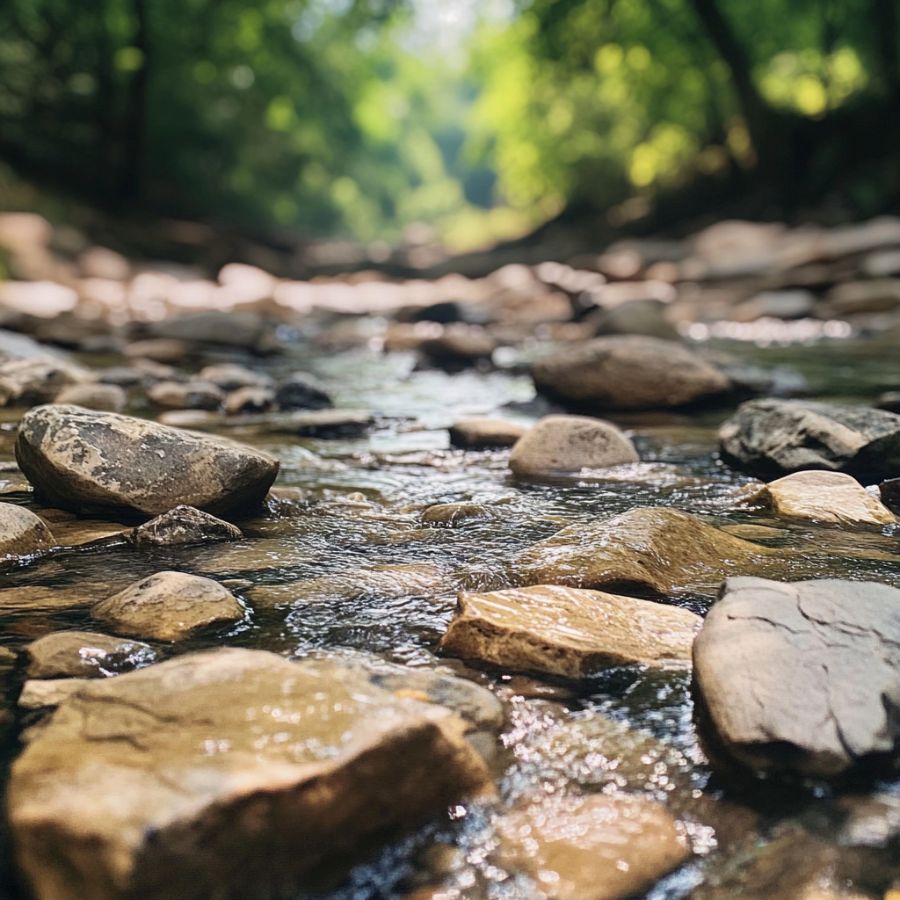
Rivers are another excellent spot. Over time, water carries diamonds downstream. Look for gravel beds in rivers. These spots can hold diamonds that have been washed away from their original location.
Pay attention to bends in the river. These areas often collect heavier materials, including diamonds.
Check Old Mining Sites
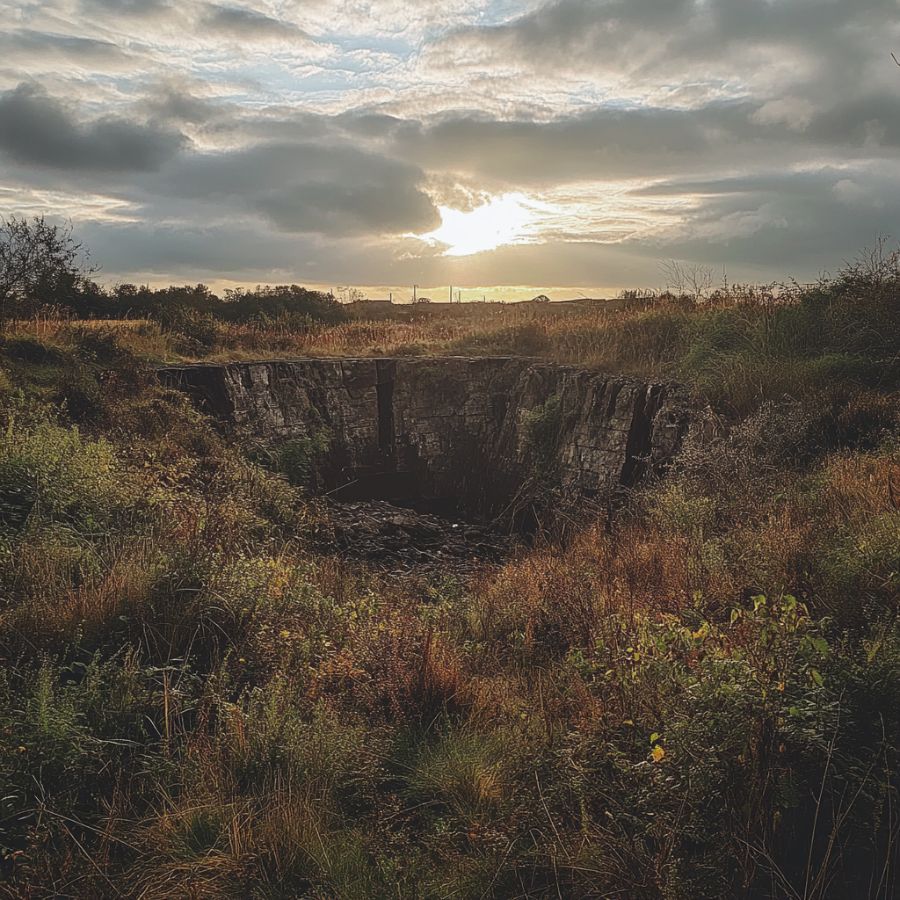
Old mining sites are worth exploring. Many diamonds were left behind during past mining activities.
Look for areas where mining was done in the past. Even if the site is no longer active, it can still be a good place to find hidden gems.
Investigate Hillsides
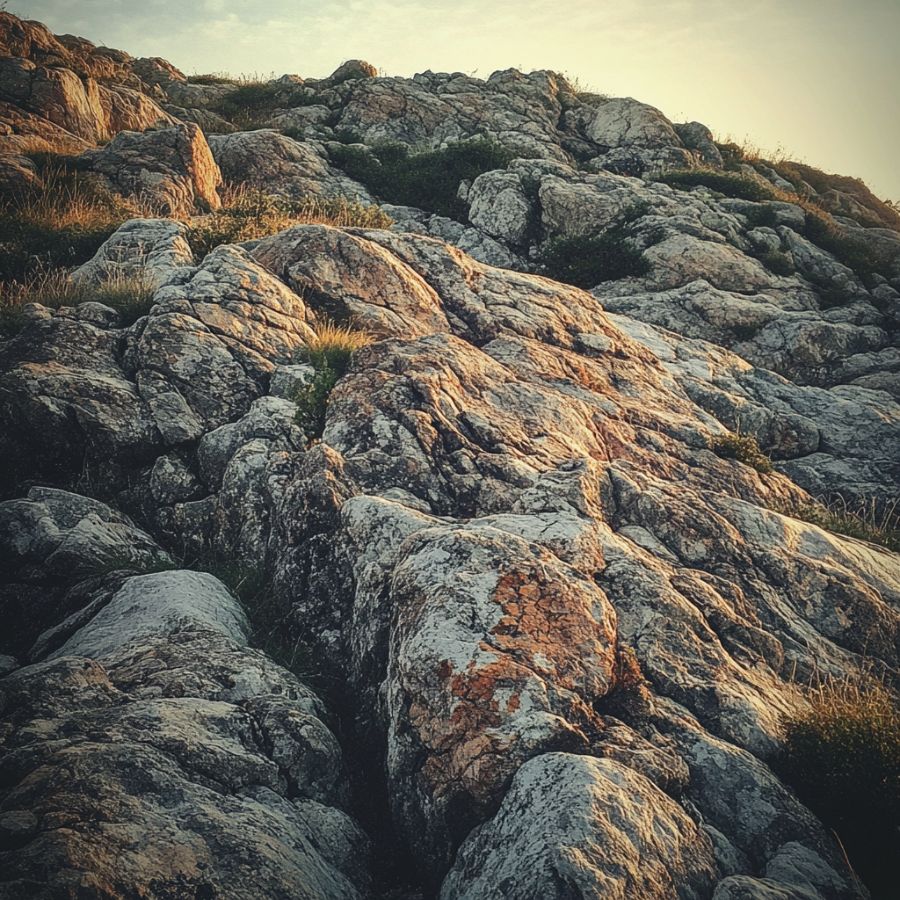
Hillsides can also be promising. Erosion can expose diamond-bearing rocks. Look for loose soil or rock on slopes.
These areas may reveal diamonds that have been pushed to the surface over time.
Some Great Places To Start
Here are some of the top locations in Colorado where you can begin your search for diamonds. These spots offer great opportunities for finding these precious gems, making your gemstone hunting experience more rewarding.
Always Confirm Access and Collection Rules!
Before heading out to any of the locations on our list you need to confirm access requirements and collection rules for both public and private locations directly with the location. We haven’t personally verified every location and the access requirements and collection rules often change without notice.
Many of the locations we mention will not allow collecting but are still great places for those who love to find beautiful rocks and minerals in the wild without keeping them. We also can’t guarantee you will find anything in these locations since they are constantly changing.
Always get updated information directly from the source ahead of time to ensure responsible rockhounding. If you want even more current options it’s always a good idea to contact local rock and mineral clubs and groups
Julesburg
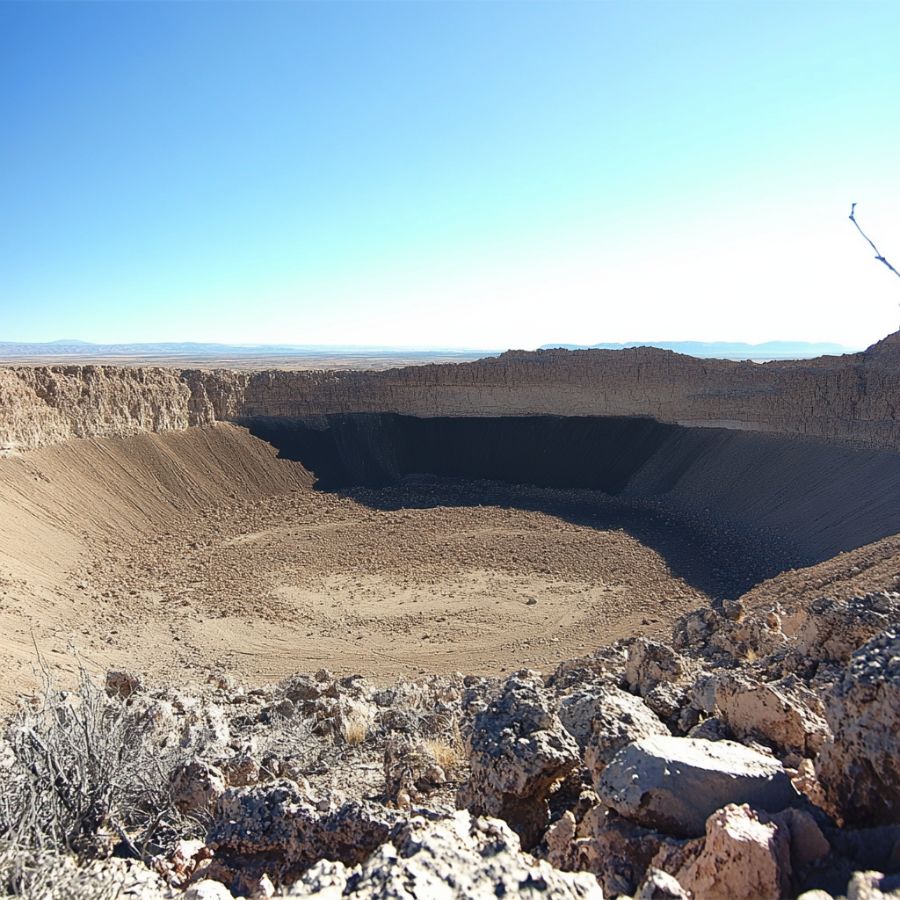
Julesburg, located in the northeastern part of Colorado, is an exciting spot for finding gemstones. This area has a cold, dry climate, which makes it special for rockhounding.
The Julesburg meteorite was found in 1983 and is known for having pre-solar diamonds, along with other interesting materials like graphite and silicon carbide.
While you won’t find natural diamonds here, the meteorite offers a chance to discover fragments of these rare gems.
To search for meteorite pieces, look in the disturbed soil and debris around the area where the meteorite was found, especially near the landfill. The unique minerals in the meteorite make this site a great place for those interested in space rocks.
Exploring the gravels and soil can lead to exciting discoveries for anyone eager to learn more about the universe.
Sloan Quarry
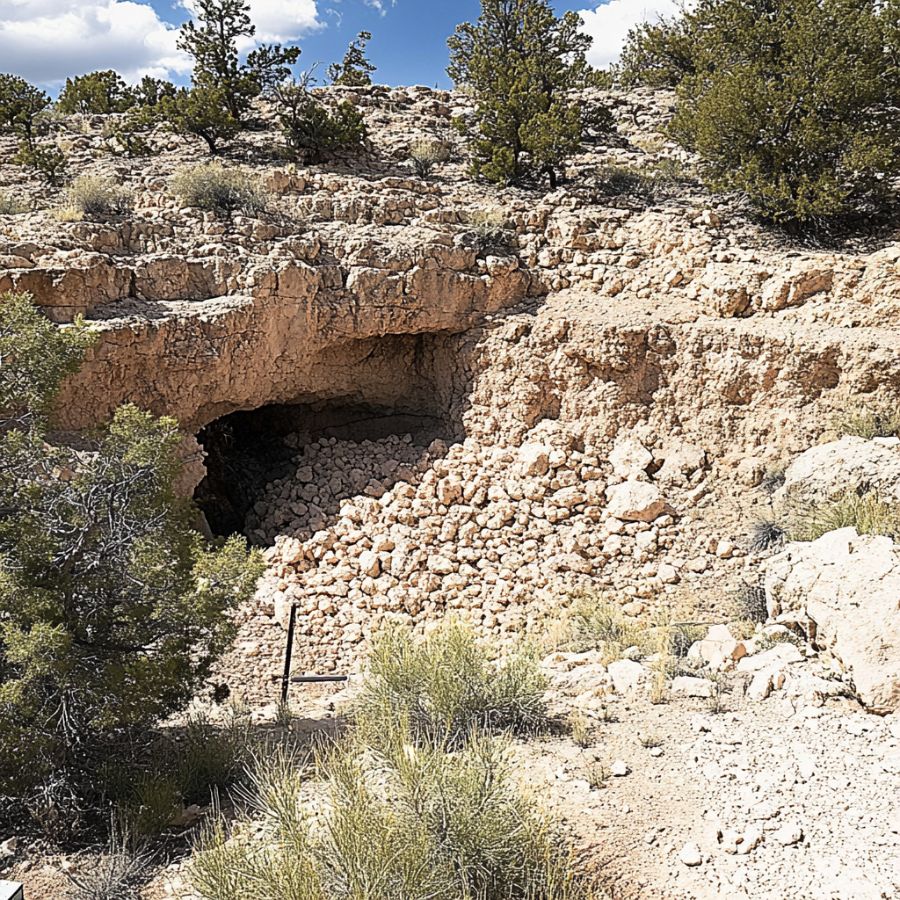
Sloan Quarry is located in the northwest region of Colorado, specifically in Larimer County, near Prairie Divide. This site is part of the State Line Kimberlite Mining District, known for its unique geological formations.
The quarry features kimberlite pipes, which are volcanic structures that can occasionally yield diamonds. These diamonds are formed deep within the Earth and brought to the surface through volcanic activity.
At Sloan Quarry, rockhounding enthusiasts should focus on areas where the kimberlite is exposed or where quarrying has disturbed the ground.
Searching through the debris and examining the kimberlite rock can increase the chances of discovering these precious stones.
The quarry’s cold semi-arid climate adds to its distinctiveness, making it a fascinating spot for both geology lovers and gem hunters alike.
Kelsey Lake

Located in the northwestern corner of Colorado, near the Wyoming border, lies Kelsey Lake – a unique geological site that once yielded diamonds.
This defunct diamond mine, part of the State Line Kimberlite District, operated from 1996 to 2001 and produced several notable gems, including the Freedom Diamond and the Colorado Diamond Crystal.
The presence of kimberlite volcanic pipes, which sometimes contain diamonds, makes Kelsey Lake geologically significant. The mine consisted of nine such pipes, with three reported to hold diamonds.
Diamonds were primarily found within the KL-1 and KL-2 pipes, each spanning approximately 10.5 acres and reaching depths of at least 350 feet.
While no longer an active mine, Kelsey Lake remains a fascinating destination for those interested in the rare and remarkable diamonds that have been unearthed from its depths.
George Creek
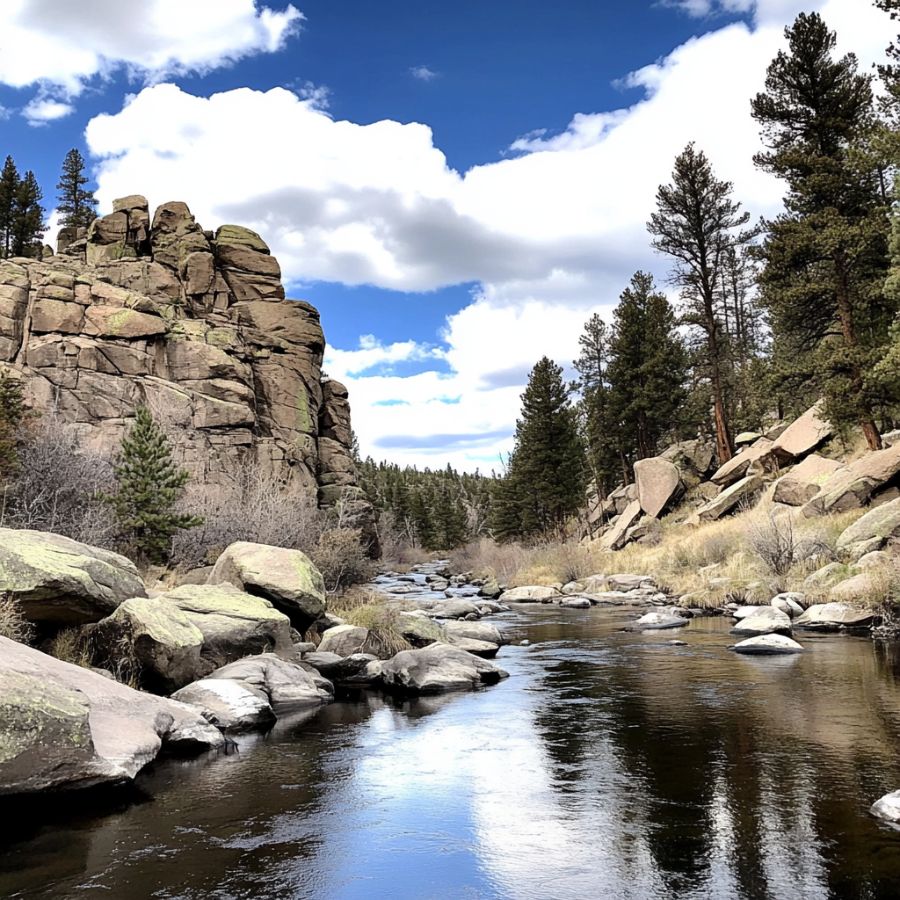
George Creek is located in the State Line Kimberlite Mining District, which lies along the Colorado-Wyoming border.
This area, sitting at an elevation of about 8,000 feet, features steep, forested hillsides where the unique George Creek Kimberlite outcrops can be found.
Known for its geological significance, this location is part of a series of narrow dikes that host some of the highest-grade diamond deposits in the United States.
Prospectors can explore the creek bed, where panning and careful searching can yield beautiful specimens. The creek itself flows through man-made ponds, providing a perfect setting for rockhounding.
Maxwell Kimberlites
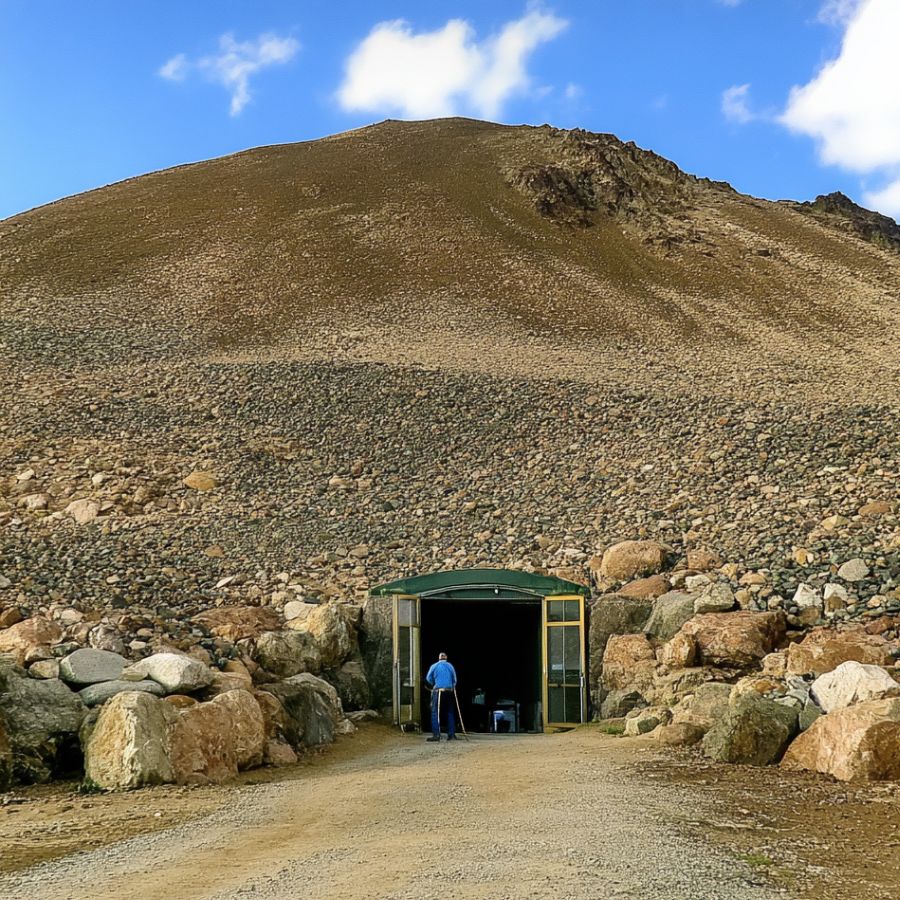
Nestled in the heart of Larimer County, Colorado, the Maxwell Kimberlites offer a unique opportunity for rockhounds and diamond enthusiasts. These ancient volcanic pipes, remnants of a fiery past, are the only known source of diamonds in the United States.
Geologists believe these pipes brought diamonds and other precious minerals from deep within the Earth’s crust, creating a treasure trove for those willing to explore.
While the largest diamond found in this area weighs an impressive 28.3 carats, even smaller stones can be a thrill to discover.
Rockhounds should focus their search on exposed kimberlite outcrops, creek beds, and gravel deposits, where erosion has concentrated the diamonds.


